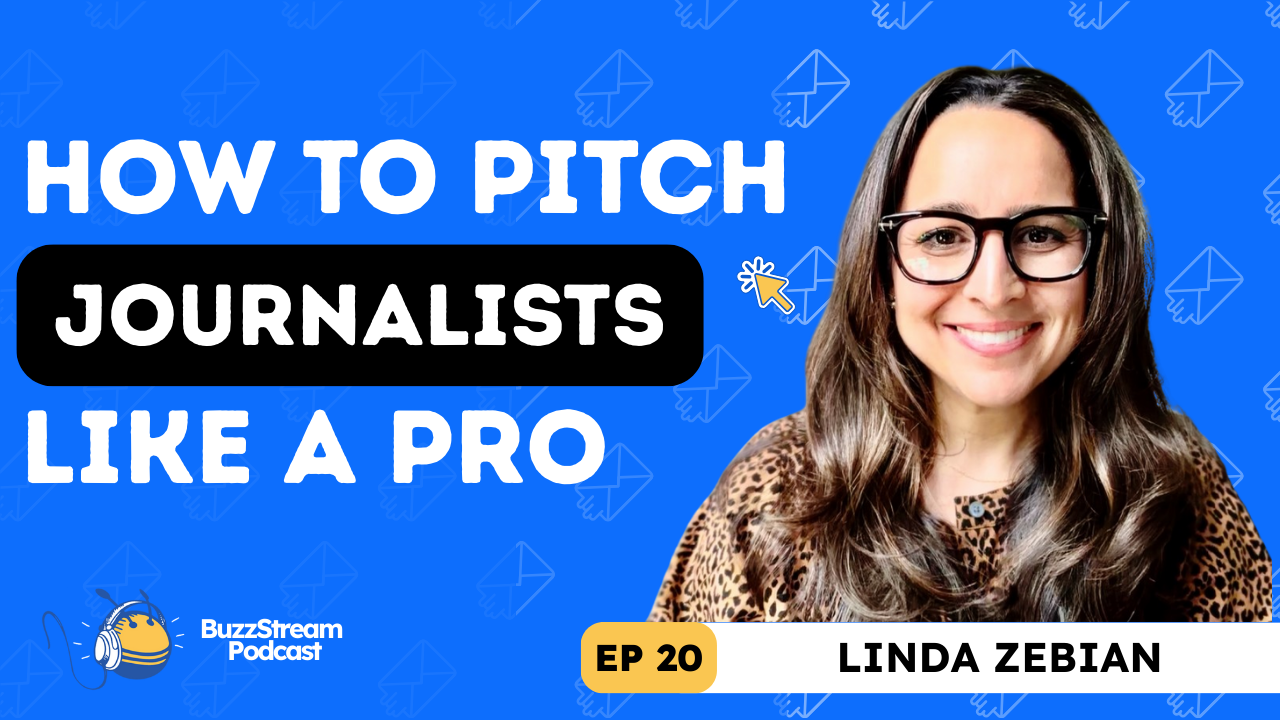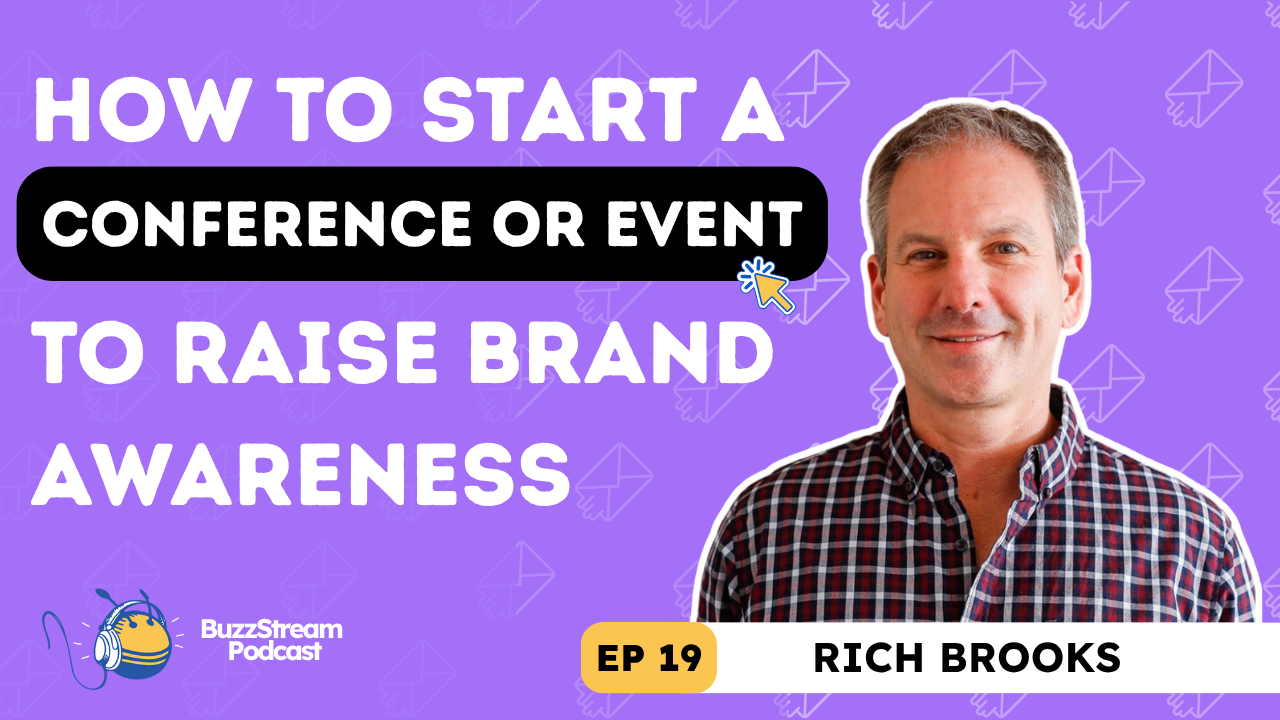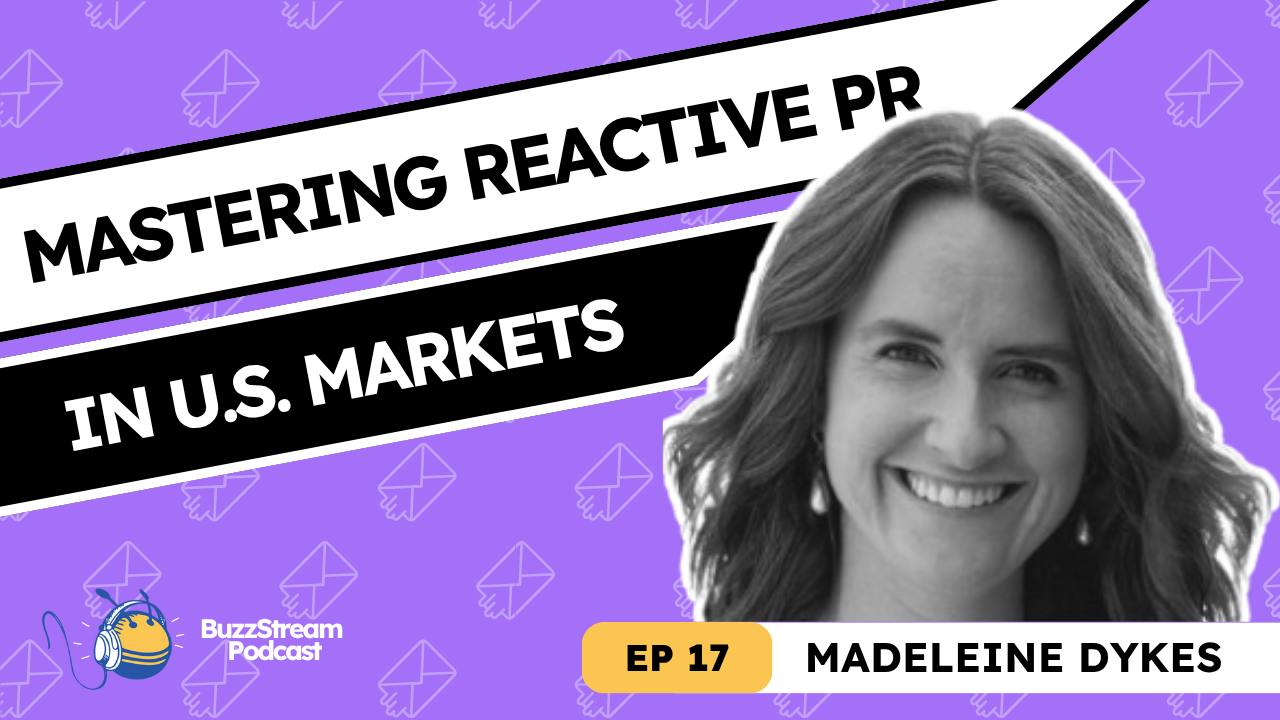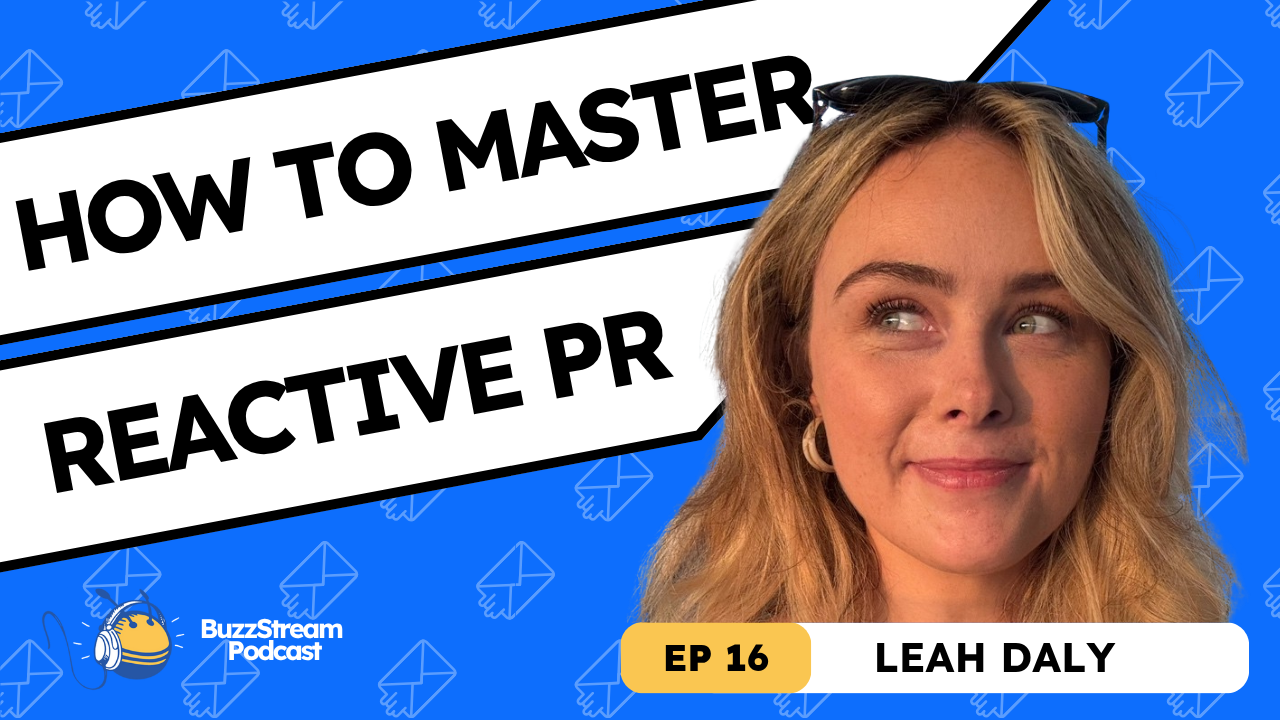Table of Contents
- Journalist pool is shrinking while PR pitches increase, creating a saturated, high-competition media landscape.
- Irrelevant, mass pitching damages long-term reputation; hyper-targeted outreach is more effective and sustainable.
- AI tools like Muck Rack’s Generative Pulse show niche outlets and corporate blogs influence LLM citations significantly.
- Relationship-building—not just trust—is essential in PR, especially amid rising AI-generated content and journalist burnout.
- Smaller trade publications and non-journalistic authoritative content are increasingly valuable for LLM visibility.
- PR teams must balance earned media strategy across traditional news, influencer content, and AI-scrapable corporate content.
Muck Rack puts out amazing studies throughout the year, including their State of Journalism, State of PR, and their more recent What is AI Reading, which was published around the launch of their new AI citation tracking tool, Generative Pulse.
(And if you’ve ever read my content, you’d see that I quote or refer to their data all the time.)
So, Muck Rack’s VP of Comms, Linda Zebian, graciously agreed to come on our podcast and let me pepper her with questions about some of their findings and what we can learn from them.
We ended up with a really great conversation about pitching, building relationships, and the future of the PR industry.

What’s your take on this influx of pitching?
Well will say that it seems like every year we do this survey that this number increases and I think it’s multifaceted the reason. First of all the pool of journalists and the pool of media outlets is contracting right. ⁓ It costs a lot of money to create news and information and put it out there ⁓ and you’re seeing newsrooms cut jobs and shutter ⁓ what seems like all the time.
So as that contracts, PR folks are left with fewer and fewer journalists to reach out to.
So therefore, naturally you’re gonna get more pitches if you are one of the few journalists who are lucky enough to be left. And I also think that PR folks, it seems, I don’t think that there are more PR folks than before, but I do think that like that ratio of, we haven’t looked at this number in a few years, but the last time we studied it, maybe two or three years ago, the ratio between PR and journalism was six to one. So six PR people professionally. I think it was census data that we were looking at.
Six PR people to every one journalist.
So there you have it.
So that’s probably why I mean there’s an in in in flow increase in what we say probably podcasters and sort of these new media types and also you’ve got like content creators or influencers which is which allows I think an expansion or a stretch of where PR folks can send their send their pitches.
Which I think is a great thing And then you have a lot of journalists who maybe are not working in traditional newsrooms who are launching sub stacks or their own independent
newsletters, which is another great thing too, but I still think the bulk of it is just lack of journalists, actively working journalists.
Vince Nero:
Yeah, I mean definitely like we’ve seen this in the news there, you know, and part of it seems to be AI is driving the redundancies. But on the other hand, it’s just like, you know, AI is taking a lot of traffic away, right from these publishers from these news sites. So there maybe isn’t as yeah, there’s not enough ad money coming in and that’s also causing part of it. Is that kind of yeah.
Linda Zebian:
Well, right. You have to look at where people are, where people are consuming news. I mean, the vast majority of folks are getting their news on social platforms now.
And I mean, I think the other challenge too is like, where are these social influencers getting their news?
If there is no reporter on the ground ⁓ offering a independent view ⁓ or wearing a press vest, bulletproof vest in a war zone reporting, who’s gonna give you that information, right?
And bias is a whole nother conversation, but still like who’s going to be your eyewitness to what’s going on.
So I think it’s an ecosystem and if you pull one piece out of an ecosystem, the future is bleak.
Vince Nero:
Yeah, and I will say from my perspective, I think there is a good amount of people from the link building SEO world that are kind of jumping into digital PR headfirst because of all the news—Muck Rack reporting itself— showing that getting coverage in high end news publications is something that is highly correlated to showing up in AI citation.
Linda Zebian:
Yeah, no, and I’m very curious to see how the whole thing shakes out, like the lawsuits between the New York Times and OpenAI, for example. Like, are the LLMs going to pay the news publishers for the content that they cite every single day, all day long, at every millisecond, or not?
Because what does that mean? Like, you know, the same issue when Google came out and, you know, all the traffic was going to Google and all the ad dollars were going to Google instead of the news sites and the news sites are struggling and they’re the ones paying for armored cars and all of these things, you know, and Google gets all the money.
So, and all the eyeballs, because, you know, they’re all connected.
So I think it’ll be interesting to where it shakes out because if 95 % of citations, LLM answers are coming from unpaid sources.
And then 30 % of those are journalistic.
So, a third of your citations are journalistic, and LLMs are relying so heavily on credible news outlets for their information.
What happens if that stops happening? You know what I mean?
If news stops flowing through, because there’s nobody like available to pay journalists a salary.
Just what happens to like, know, it’s just, these are the questions that we asked ourselves at the New York Times, and I still believe in, you know, person to person, what does that mean at the end of the day?
It means pay for your news. Subscribe to something. Subscribe for Netflix, subscribe to subscribe and pay for your news. Somebody has to create that for you.
Vince Nero:
I saw someone talking about this on LinkedIn the other day about best way to get around the paywall. It’s like you’re biting the hand that feeds you!
Linda Zebian:
Yeah, I mean, it’s a bedrock of our democracy, a free press. And so when you start to take that for granted, think that folks take it for granted and they don’t realize ⁓ how lucky we are to have a free and independent press, particularly in this country and what it means when you don’t.
Why do you think irrelevant pitches are such a big problem still?
I think that…There are a handful of bad actors and folks who are not putting priority on quality pitching and making big promises that they can’t deliver on and ⁓ placing their bets on number of pitches sent versus number of stories secured. So pitch houses exist.
PR agencies that are known as to be pitch houses.
So, you know, like when you’re first graduating from college and, you know, people know who they are, like, you know, they’ll do anything to sign the contract to get the brand to sign with them.
You’ve got somebody who doesn’t know quite know how the sausage is made, how a new story gets made and how PR actually works and media relations actually work.
They overpromise and they, you know, work the junior PR people really hard and they say you have to send X amount of pitches to X amount of journalists and that’s how they’re measured on performance.
Does mass pitching, if you pitch 1,300 creators and journalists the same story, will it potentially increase your potential to get a response?
Maybe. Does it feel right? Does it?
No, does it hurt your reputation with the rest?
And your reputation goes with you, not just from the brand that you’re working at or the agency you’re working at, but it goes with you as you move through your career as well.
I mean, for my communications team, if we don’t feel like we’re like 60 to 70% sure this pitch will land, we don’t pitch.
Our time is much more valuable doing other things than pitching.
How many emails do you think PR pros put out per campaign?
You know, I don’t know.
I don’t have insights into what the average PR firm is putting out. I think that PR firms do a heck of a lot more than pitching and aren’t always given the credit for what they do in terms of the creative work that they produce and these kind of 360 campaigns that they do. I I’ve judged some award competitions where I’ve seen anonymous submissions that are incredible.
And these PR teams…
Like there are some PR agencies that just knock it out of the park and they’re so, know, so, you know, I don’t, I’m not sure, but I love to see a low number.
And in Muck Rack, we have a, we have lots of checks and balances in the Muck Rack system so that all of our customers and users understand how many people they’re pitching and like every time.
So it’s like, we’ll stop you and say, you’re about to pitch X number of people.
Are you sure you want to send this pitch every time you pitch in Muckrack?
Because our philosophy is you should not pitch that.
You should always be very mindful of how you pitch because our customers are not only PR folks, but we have thousands of journalists using our platform as well, because we started as a journalist platform, and we still have thousands of them using it as profile/portfolios.
So it’s a journalist tool as well.
Our goal is to have a community, not to spam journalists.
So even when I send one pitch in Muckrack, the little pop-up comes up and says, are you sure you want us, you’re about to send one pitch to one journalist, are you sure? And it’s automated and it’s automatic, but it’s good. It reminds you of what you’re doing and helps you be a little more conscious of your actions.
Email addresses are valuable!
Like that’s somebody’s personal email.
The lower the number, the better.
Because it means it’s targeted, it means it’s specified to that specific journalist based on what they cover, what they’re interested in, what their audience wants to read.
There’s no way that, if you’re pitching over 50 journalists, the story is right for all 50 of them. Sorry.
What’s your take on pitch quotas?
I get the need for almost anything in a contract to get a contract signed.
If it’s pitch quota, that’s just sad.
That’s just so sad to me. Like, coverage quota is one thing, but a number of pitches should never, in my opinion, should never be in a contract.
Like, we’re gonna send 25 pitches this quarter. Like, that’s, I’m sorry.
Coverage is one thing. you can try to link coverage to campaigns or launches or something, that’s one thing. And that’s a normal KPI.
Is relationship building a thing in PR?
I do think that it is relationship building. It is not just trust. It is relationship building.
And what I mean by relationship building, I mean reaching out to a journalist when you have nothing to say to them, that you have nothing to sell them. That is sales 101.
That is, “hey, I saw your great piece on the new, sneakers today and I just wanted to say like the way you described the laces was really cool and I enjoyed it and I shared it with my friend.”
Or, “hey, I saw there were layoffs at your publication today and I just wanted to say, reach out to say, I’m thinking of you and let me know if I can support you in any way.”
Whatever it may be, commenting on their LinkedIn is not necessarily building trust—that is building a relationship and a rapport with somebody.
Nor is it taking them out to coffee, by the way.
There is a middle ground, and I get the trust thing, especially in the AI world where like everything is spam and trash and slop.
I get that whole thing, but there’s absolutely relationship building in PR, and I completely disagree with anybody who says otherwise.
What about the fact that journalists don’t have the time to respond?
Linda Zebian (20:31)
No, they don’t have time.
But what they might have time to do is read a subject line that says, Hey, saw the news about the layoffs, hope you’re okay. And even if they don’t respond, they saw it.
How do you feel about the fake flattery in journalist pitching?
You still have a motive there. No, I would not do that because they’ve already written that story. That doesn’t feel genuine. You’re still going at them for something.
Do you still find that most PR professionals are reaching out to people they don’t know?
Okay, I think that it’s both ways.
Think that you absolutely there are times where you have to reach out to a reporter you’ve never worked with before.
But I think that how you do that is you acknowledge, hey, we’ve never worked together before, but I have, I’m working with a new client or I’m working on a new brand and I have this news or I would like to introduce you to the CEO of X company and this is why.
I think that that’s completely normal and appropriate.
They understand what your motive is.
But I think that what I’m talking about is building human connection and humanizing yourself and also empathizing with them.
You’re probably getting paid more than them.
You’re probably having a better work-life balance than them, according to all of our data.
Because we do ask about, we do have two work-life balance studies of PR and journalists.
So just, you know, create building human connection really does go a long way with these folks.
Should people forget about smaller niche sites if they want to show up in AI?
I mean, it’s actually quite the opposite. So it’s like, well, I should say it’s both.
You of course still want to get into like the big, you know, Reuters, FT’s of the world.
Those stories certainly do resonate in AI-generated answers, but AI also likes rewards niche-specific outlets, tons in our research.
Good housekeeping was an example. TVTechnology.com was one in tech, remember. Tech Target in the tech space.
So, like, if you think about it, those niche outlets are like the bread and butter of certain industries.
So they’re really experts on what they do.
So if you’re in travel, you’re travel writers, you’re travel blogs, I say blogs lightly, you know what I mean by blogs, or like small sites that are just about travel.
If you’re in chat GPT and you’re looking for best tips for X, Y, and Z, they probably aren’t gonna go to a big giant news site that sometimes writes about travel.
They’re gonna go to the travel experts to pull from.
So that makes a lot of sense. You really, what does that mean for PR people?
It means keep doing what you’re doing.
Target your trades, target your newsletter writers, ⁓ target your big massive outlets when it makes sense.
It doesn’t mean your strategy should necessarily shift.
But it just means it’s another insights channel that you can rely on to look and analyze data.
And that’s what Generative Pulse essentially does is it allows you to understand your brand, competitors, your competitive brands, look at them in a dashboard, understand your visibility, understand your visibility over time, all of those things, understand the outlets, the journalists, down to frankly, the domain, even if it’s not a media outlet, like a Wikipedia or a Reddit or whatever.
Understand who the writers are that are influencing your LLM outputs, and then you’re able to contact them directly in generative polls, which is cool.
So that’s like, that’s the future.
It still doesn’t change what you’re doing, right?
You’re still telling stories.
You’re still being an authoritative voice, still building messaging for your brand, still targeting journalists, still writing credible narratives, all of those things are still the same, which is great.
And for all of those people trying to like sell PR people, I just have to say, like, we can see through you.
You denied us for many years.
We were ignored by anyone trying to sell to marketers. We’ve been working and we’ve been doing this job a long time.
It doesn’t change necessarily what we’re doing, but it empowers us to keep doing it and doing it better.
It helps us get a bigger central seat at that executive table. It gives us metrics that are usable, transferable, and understandable.
So it’s all good for PR people right now. I think it’s the marketers who are scrambling.
What did I miss? Is there anything I should have asked but didn’t?
I think that there’s an element of, for PR folks to understand is there’s an element of earned that a lot of folks don’t realize that they could be targeting as well, which is sort of the corporate blogs and content piece of it that is not paid, that is not traditional journalism.
So like at Muckrack, I’m doing this podcast with you. This is a kind of a piece of, we would call corporate content, meaning you’re not necessarily a journalist, but you create content for a company that you run, right?
So that has value for the LLMs as well.
Like, if PR agency writes about Muck Rack, that’s a piece of like a corporate blog that validates Muck Rack as a great tool.
That’s showing up in the LLMs as well. So that’s another kind of, you’re talking about content marketers essentially. So make relationships with content marketers.
Build relationships with your partners and get content, build content out there that LLMs can scrape because it’s not journalistic.
Still, it’s authoritative, it makes sense, it’s written in the right way, it’s got that hierarchy of information, it’s super searchable, super scrapable.
Do it.
Why not?
And sometimes it’s paid, like I talked to some folks in like consumer CPGs.
Like, sometimes if you’re talking about like Target or something, they won’t put you on target.com if you’re trying to sell basketballs.
I think that’s like a totally different thing. think that’s like a paid relationship thing or a partnership you have to have in place.
But some, hey, there might be like if you work in travel and like visit, you know, florida.com might be interested in writing about you. That’s not maybe not a journalist. It’s maybe a content marketer that works for the bureau, for the tourism bureau. They, you know, reach out to them, see if they want to write about.
You know, flip-flops brand. Why not? You never know. There’s lots of opportunities to partner up with folks. So don’t just limit yourselves to journalists, traditionally.

 End-to-end outreach workflow
End-to-end outreach workflow



 Check out the BuzzStream Podcast
Check out the BuzzStream Podcast







